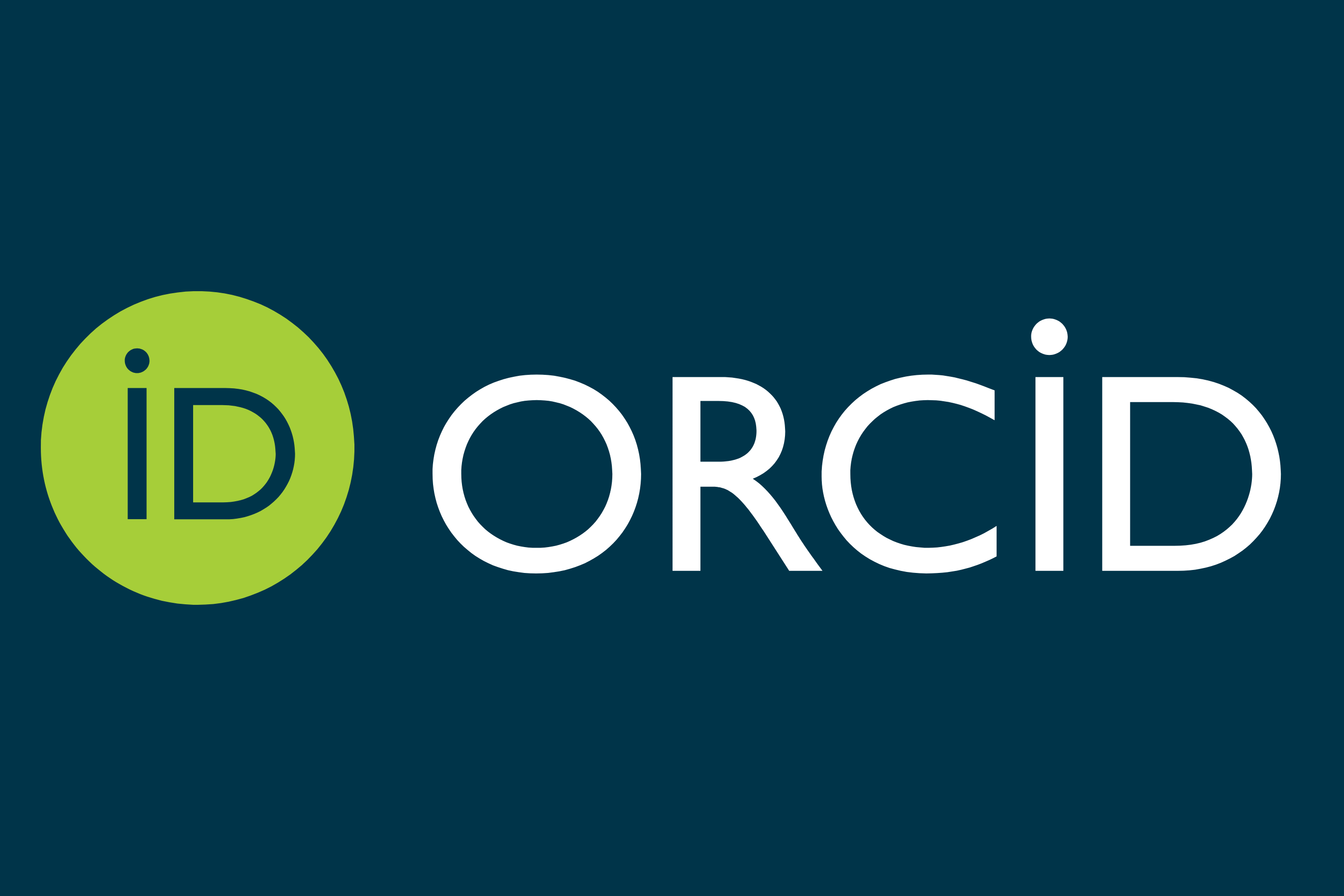The Use of Analytical Hierarchy Process (AHP) Technology in the Selection of an Appropriate Punishment for the Electronic Crime
Keywords:
Analytical Hierarchy Process (AHP), Decision Making, Electronic CrimeAbstract
This study aims at applying the AHP technology, as one of the most applied mathematical methods in decision making by estimating the weights of the criteria , or the alternatives to reach an appropriate decision. The development in the technological fields has contributed significantly to the development of society , and the work of institutions on different levels. However, at the same time, it has highlighted many disadvantages, through illegal methods in the use of these technologies. So, the study focuses on an important area of legal legislation, which is electronic criminalization. Therefore, in order to establish scientific foundations, there should be an adoption of one of the statistical methods of multi-criteria to determine the appropriate punishments for electronic crimes through the views of legal decision makers. Also, the study has come up with a number of conclusions, the most important ones are the prioritization of electronic crimes as per the seriousness the addition of the prioritization of punishments for each crime, developing and addressing these issues. Finally, the criminal legislator has been able to deal with or demystify , through the modification of the laws in force to limit these crimes.
Downloads
Downloads
Published
Issue
Section
License
The journal of Administration & Economics is an open- access journal that all contents are free of charge. Articles of this journal are licensed under the terms of the Creative Commons Attribution International Public License CC-BY 4.0 (https://creativecommons.org/licenses/by/4.0/legalcode) that licensees are unrestrictly allowedto search, download, share, distribute, print, or link to the full text of the articles, crawl them for indexing and reproduce any medium of the articles provided that they give the author(s) proper credits (citation). The journal allows the author(s) to retain the copyright of their published article.
Creative Commons-Attribution (BY)









